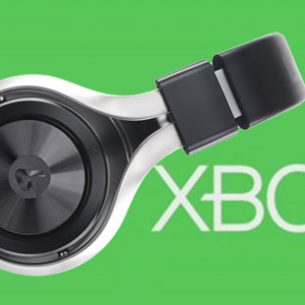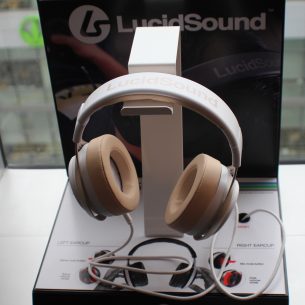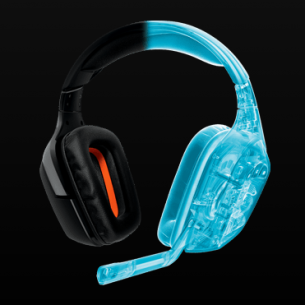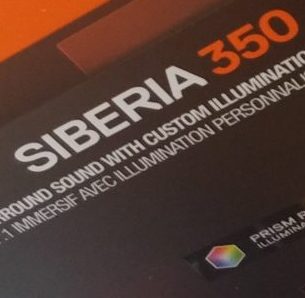Archive Post
Home / Headset
LucidSound To Release Officially Licensed Xbox One Headsets In 2017
Headset manufacturer LucidSound announced today that they have partnered with Microsoft to produce officially licensed…
LucidSound LS30 Universal Gaming Headset: Review
Review by: J. C. Campbell This Year at E3 I had the pleasure of meeting…
Rigged Up: Steel Series M500 and Sibera 350 Review
Review by: j.c. campbell The SteelSeries Apex M500 mechanical keyboard is a good mechanical keyboard at…
Turtle Beach PX24 and 60P Headsets Now Available At Retail
Headset maker Turtle Beach has announced the availability of two brand new headsets – The…





